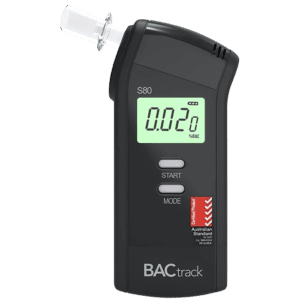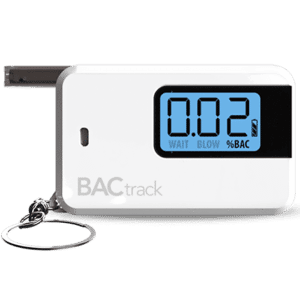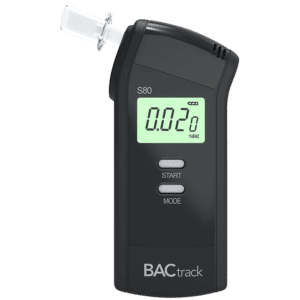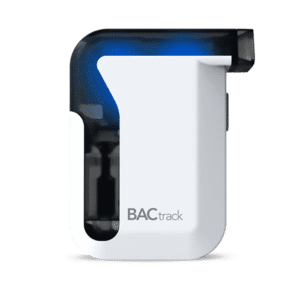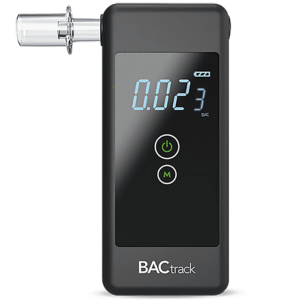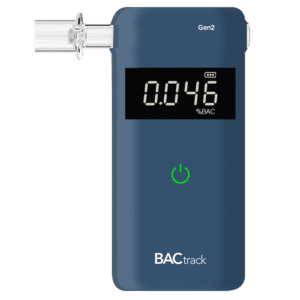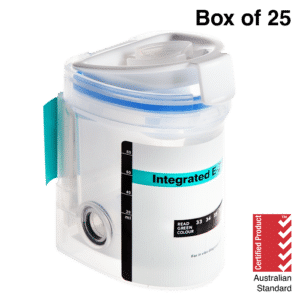Alcohol Testing Kit: Definition, Types, and How It Works
07 February, 2024

An alcohol testing kit is a tool that can determine the presence and level of alcohol in the system of an individual. Different types of testing kits are available, including urine, saliva, and breath test devices. These devices work by detecting the chemical reaction between alcohol and specific substances in the body. They are used in various settings, such as healthcare, workplaces, and law enforcement. Individuals may also use such equipment for personal purposes.
The rising importance of alcohol testing stems from the increasing impact of alcohol-related incidents across various domains. Excessive alcohol consumption poses health risks, contributes to accidents, and can result in fatalities. It stands as a significant contributor to workplace accidents and road casualties. Consequently, individuals and organisations utilise alcohol testers to address this concern. This article will present about testing kits for alcohol, including their types and mechanism of action.
What are Alcohol Testing Kits?
Alcohol testing kits are portable tools that detect the presence of alcohol in the system of a person. Australian workplaces commonly use these kits to enforce alcohol policies and ensure employee safety. The kits can determine if an individual has consumed alcohol, particularly in high-risk environments such as the mining and transport industries.
In addition, alcohol testing devices provide a convenient and efficient way of screening for alcohol abuse. They are easy to use and produce results within minutes. In most cases, these kits are disposable or for one-time use only. People can purchase one online or at local pharmacies.
Alcohol testing products come in various forms, including breathalysers, saliva screens, and urine tests. It is important to note that laboratory confirmation testing may be required after getting positive test results from the kits. This is because the initial testing kits provide a preliminary indication of alcohol presence and levels. However, they may not be as accurate as laboratory testing.
Importance of Alcohol Testing in Various Settings
- Workplace safety: alcohol testing ensures a safe work environment by identifying employees who may be impaired, reducing the risk of accidents and injuries.
- Road safety: testing helps maintain safe roads by detecting and deterring drunk driving, which protects all drivers and pedestrians.
- Sports competitions: ensures that athletes are not under the influence of alcohol that could impair their performance.
- Rehabilitation programs: monitoring alcohol levels is crucial in rehabilitation settings to assess progress and adherence to treatment plans.
- Law enforcement: helps police officers assess impairment levels during investigations.
- Educational institutions: testing in schools and universities promotes a focused and secure learning environment.
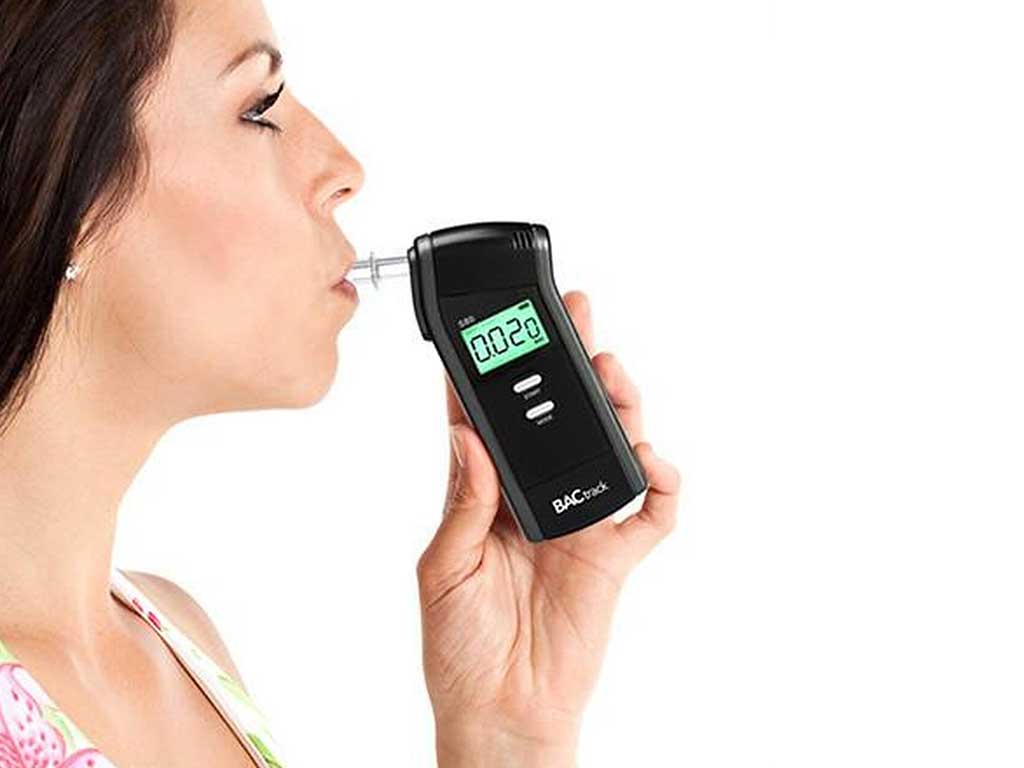
Types of Alcohol Testing Kits
There are three main types of alcohol testing kits. Firstly, the oral fluid or saliva testing kit can detect the presence of alcohol in saliva. This type of testing is convenient and non-invasive, making it a popular choice for alcohol testing. The collection process typically involves the individual providing a sample of their saliva.
Secondly, urine testing kits can identify the presence of alcohol in urine. These kits are commonly utilised in workplaces, rehabilitation centres, and other settings due to their convenience and ease of use. Additionally, they can detect alcohol for up to 48 hours. It is important to note that screening kits often give qualitative detection results. It does not measure blood alcohol levels.
Thirdly, alcohol breath testing devices, known as breathalysers, can measure Blood Alcohol Concentration (BAC) by analysing the breath sample. They provide an objective and quantitative measure of alcohol impairment. Overall, the choice of which type of testing kit to use depends on the specific needs and requirements.
Factors to Consider When Choosing a Kit
Individuals and organisations must consider several factors when choosing an alcohol test kit. Firstly, they must ensure the kit is reliable and accurate. To do so, they can look for products from reputable brands and suppliers. Ideally, these brands should comply with the Australian standards. People can also check online reviews regarding the experience of other customers.
Secondly, it is vital to consider the ease of use and convenience of the testing kit. Some kits may be more user-friendly than others. Hence, individuals must ensure that it comes with clear instructions and that they can follow the steps prescribed in the package.
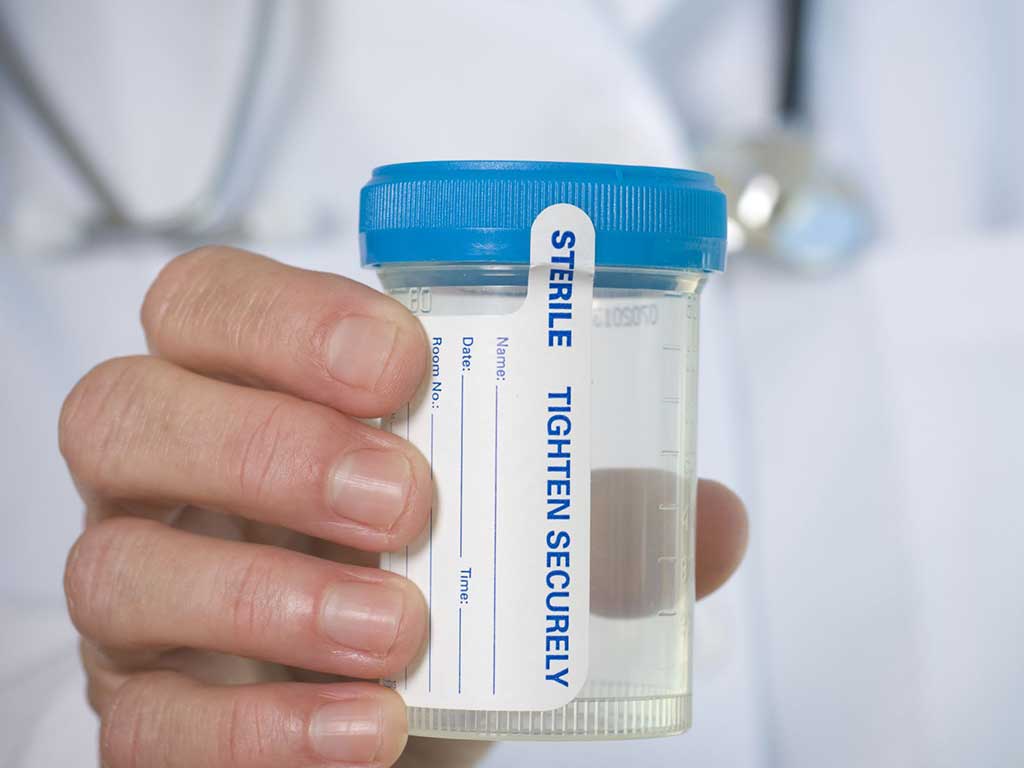
How Alcohol Testing Kits Work
Alcohol testing kits employ various methods to detect the presence of alcohol in the body. In urine testing kits, a person provides a urine sample, and the kit measures the ethanol molecules present. The device typically contains a chemical strip or sensor. It changes colour based on the alcohol level in the urine, allowing for a straightforward interpretation of the results.
The saliva-testing device detects alcohol in a saliva specimen through a collection swab or strip. After an individual consumes alcohol, trace amounts are secreted through saliva. The person places the sample onto a testing device with reactive chemicals. These chemicals cause a visible colour change based on the alcohol concentration in the saliva.
A breathalyser measures alcohol concentration in the breath sample. When a person drinks alcohol, their body absorbs it into the bloodstream, and some is expelled through breath as the body tries to get rid of it. The device has a mouthpiece for blowing breath and a sensor reacting with ethanol. As breath passes over the sensor, it creates an electrical current correlating with alcohol concentration.
Benefits and Advantages
Alcohol test kits offer notable benefits and advantages. Firstly, they are budget-friendly, providing an affordable option for individuals and organisations. Secondly, their ease of use, as users find them uncomplicated. It requires minimal training for accurate results. This makes alcohol testing more accessible to a broader audience.
Thirdly, these kits deliver rapid and on-the-spot outcomes, enabling swift decision-making in various settings. Lastly, privacy is a primary aspect, as individuals can conduct alcohol tests discreetly without needing external facilities. Overall, these benefits and advantages make alcohol test kits a valuable tool for maintaining safety and accountability in various settings.
Conclusion
In conclusion, alcohol testing kits are essential tools for maintaining safety and preventing alcohol-related incidents in various settings. They come in different forms, such as saliva, urine, and breath tests, allowing employers to choose based on their specific needs. These kits offer quick and convenient results, enabling prompt action if alcohol use is detected. By implementing these testing measures, employers create a secure work environment, particularly in high-risk industries like mining and transport, ultimately safeguarding the well-being of their employees.
Alcohol test kits have different methods to detect alcohol in the body, including urine, saliva, and breath tests. Urine kits measure ethanol molecules, saliva kits use reactive chemicals on a swab, and breathalysers detect alcohol in breath through a sensor. When choosing a kit, individuals should prioritise reliability by opting for reputable brands that adhere to Australian standards. User-friendliness and clear instructions are also crucial for convenient testing. Consideration of these factors ensures a reliable and easy-to-use alcohol test kit.




















